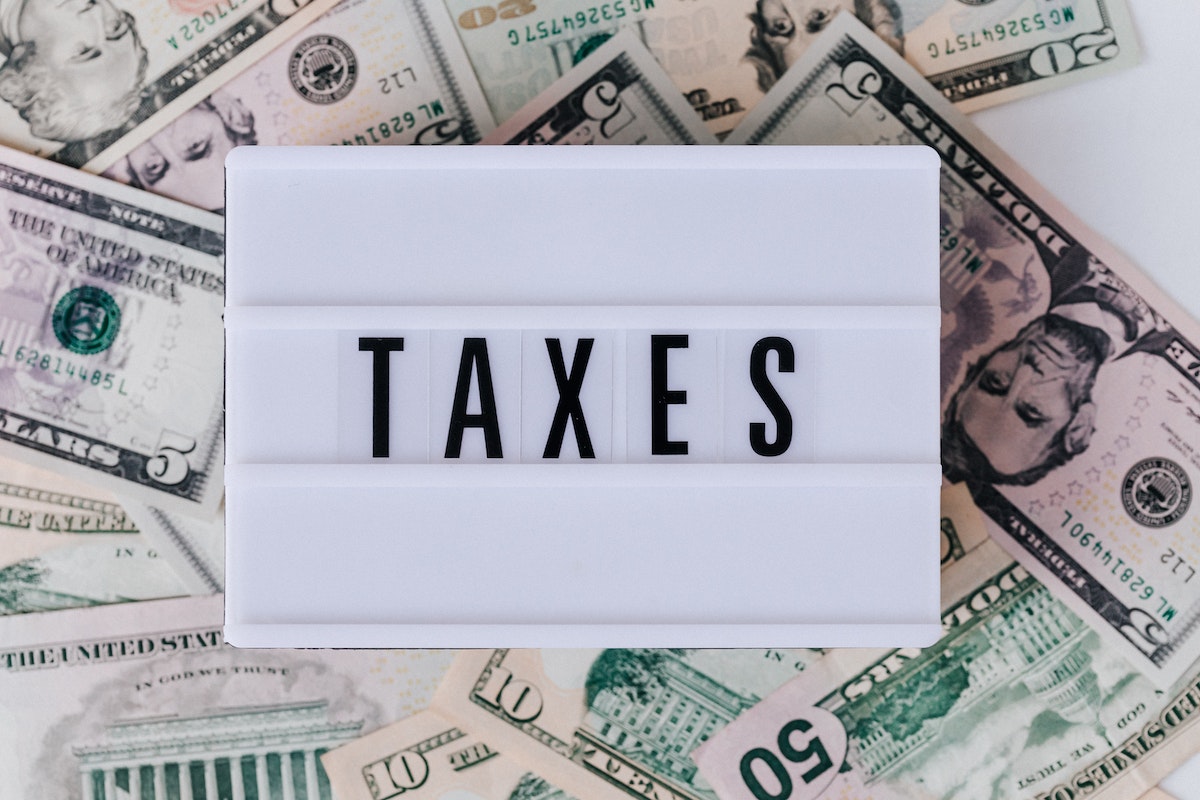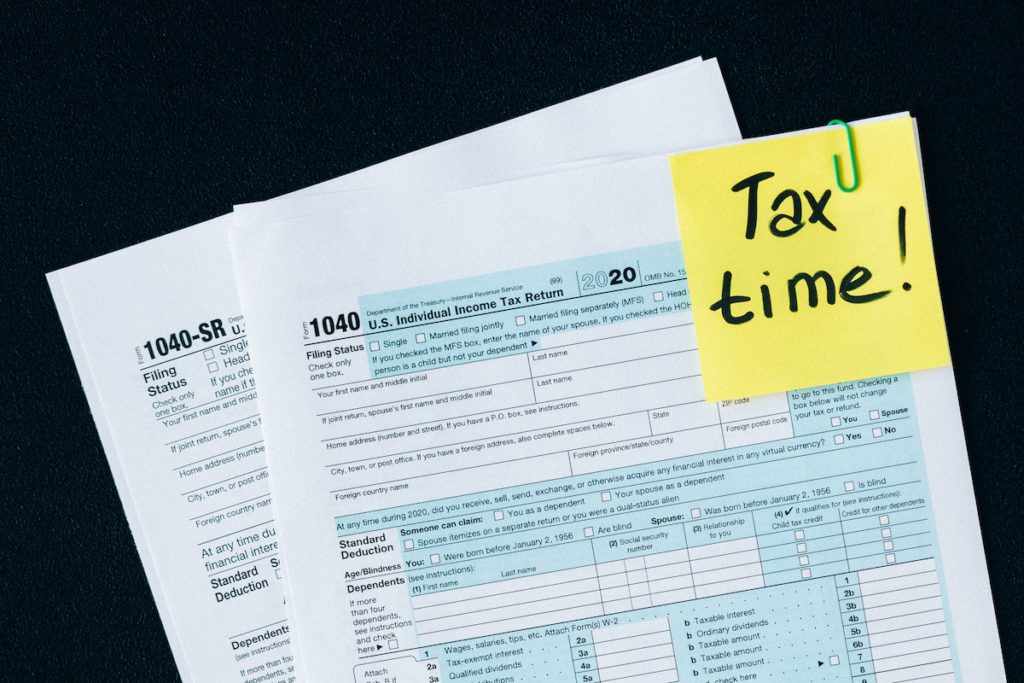
Any person or business with tax debt may seek to have the ATO debt collection arrange payment plans, provided the debt is not disputed. For example, if you are a sole proprietor or have an income tax.
You can make single payments using a credit card or any other option to make payments to the ATO debt payment plan. If you cannot make the payment in full, you can make payments on the tax debt owed. Any tax credits and refunds you receive will go toward your tax debt, but they do not replace required instalment payments.
Please complete your future business statements and tax returns on time and fully pay by the deadline to ensure the existing payment plan is met. If you missed your scheduled instalment and did not pay another tax liability by the due date. There may still be time to make your payments before the payment plan defaults. It may sometimes take work to make full payments on a due date. However, you can establish a payment plan that pays off the debt in small, manageable payments over time.
In such times, a repayment plan with the Australian Taxation Office (ATO) to pay off debts by instalments. It is an option, however, if you do not agree to a payment plan and keep leaving tax debts unpaid. The ATO can garnish what you owe with future tax refunds or credits or bring in an outside collection agent.
If you owe the Department of Revenue tax debt but need help to afford to pay the amount in full immediately. The instalment payment agreement is a formal contract between you and the department. For your unpaid tax debt, people can request one online through the Tax Center. In addition, you can review details about your current payment plan. You are accessing the Online Payment Agreement Tool.

If you are a registered tax or BAS agent, you can use our Online Agent Services to review, set up, modify, or cancel your client’s payment plan. Use your Online Services account to manage and view your plans around the clock. If you cannot afford to pay your taxes, you might qualify for a payment plan through the IRS.
If you are a low-income taxpayer but cannot make electronic payments through your DDIA. Option of user fees are reimbursed once you complete your Installment Agreement. After applying for this plan, you will pay the taxes you owe through non-direct debit monthly payments. Including costs directly from a checking or savings account (Direct Pay) or via cheque, money order, or debit/credit card.
Payment methods include credit cards and direct deposit from your checking account. Mailing a paper check using a payment voucher, which the Department of Revenue provides. In addition, the Department of Revenue accepts payments online, including extensions and estimated tax payments.
Payment options may vary depending on payment type, taxpayers’ qualifications whether a taxing unit has adopted a rebate option to pay. Property taxes before the due date. The taxing unit’s governing body must adopt the discount option of October-November-December, which should be used with the instalment payment option.
A Tax Debt Loan can be used to either settle a debt or to make a down-front payment to ensure the payment plan is maintained. The interest may even be deductible. If you cannot pay back your taxes due by your original filing deadline. Your balance is subject to interest and a penalty for each month that it is not paid.
If you cannot file your full payment by April 15, you can make late or partial payments(s) until you receive the final bill of taxes due. Payment Plan – If you do not have a charge number from your Notice of Intent to Charge or Final Bill for Taxes Due. You will not qualify for a Payment Plan/Instalment Agreement with the Collection Services Bureau. If you have less than $100k in debt, you can generally do so either online (via myGov for individuals) or by calling the ATO – 13 28 65 for individuals or 13 72 26 for businesses.


